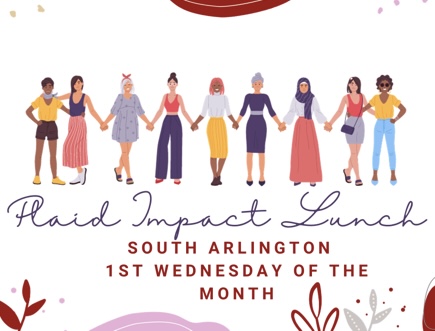I’m a mom, a wife, a nonprofit CEO, and a graduate student. My calendar is full—overflowing, honestly.
That means I’m also the keeper of the family schedule, the bills, the groceries, the housework, and the emotional glue.
This is what’s called the “mental load.” It’s invisible. It’s exhausting. And most women carry it every single day.
Managing this load requires more than just grit—it requires intention, clarity, and a lot of color-coded calendars.
The Mental Load Is Real—and Heavy
Women often carry the unspoken burden of remembering everything: school events, doctor appointments, birthday gifts, and home repairs.
It’s not about doing all the work, but about always thinking about it, tracking it, and planning for it.
There’s no off switch, and it doesn’t clock out when you get home from work or school.
Add leadership, motherhood, and coursework to the mix—and you’ve got a recipe for burnout.
So how do I survive? Better yet—how do I thrive? With intention and strategy.
Scheduling Isn’t Just for Work
I live by digital calendars, shared reminders, and a giant whiteboard in my kitchen and my office.
Every week, I map out time blocks—not just for work—but for family, school, chores, and joy.
Scheduling time for connection is just as important as scheduling a meeting or paper deadline.
I block out “focus time” for work, but also “family time,” “date night,” and “rest.”
Yes—rest is a scheduled activity in my world. And it’s sacred.
Sharing the Load Starts with Communication
My husband and I sit down weekly to check in—on our schedules, responsibilities, and emotional needs.
We ask each other: What’s working? What’s not? Where do you need help or space?
Clear communication reduces resentment and creates shared ownership of the load—not just delegation.
It also teaches our kids that balance isn’t about perfection—it’s about teamwork.
The Power of Saying “No”
I can’t do it all. I won’t pretend to. That lie steals peace and erodes relationships.
So, I protect my time like I protect my kids—from distractions, overcommitment, and unrealistic expectations.
Saying no isn’t selfish. It’s strategic. It opens space for what matters most.
Time with my boys. Conversations with my husband. Texts with my best friend. Space to breathe.
Being Present Requires Planning
It may seem counterintuitive, but planning helps me be where I am—not worry about where I’m not.
When I’m with my kids, I want to look in their eyes—not at a to-do list.
When I’m with my team, I want to lead with focus—not frantic, scattered thoughts.
And when I’m with myself? I want stillness, even if it’s just ten minutes and a deep breath.
Resources That Help Me Breathe
Here are a few tools and resources that help me manage the mental load:
Fair Play by Eve Rodsky – A framework for dividing invisible labor in the home.
Monday.com – For project planning at work (free for nonprofits!)
Google Calendar – My lifeline for syncing family, work, school, and personal time. My husband and I have shared a Google Calendar for 15 years, (We are a divided household – I’m an iPhone user!)
Time Management Worksheets from MindTools – Helpful for prioritizing and evaluating.
Therapy for Women Center – Articles and virtual counseling options with mental load support in mind.
Final Thoughts: Lead With Grace, Not Guilt
Balance isn’t about doing everything perfectly. It’s about doing the right things with presence and purpose.
Some days, that means closing the laptop and playing Uno with my kids on the kitchen table.
Other days, it means staying up late to finish a paper, trusting tomorrow will bring time to rest.
The key is to build a rhythm—not chase perfection.
We don’t just need more hours in the day. We need more grace in our calendars.
Find more by Amber here.












